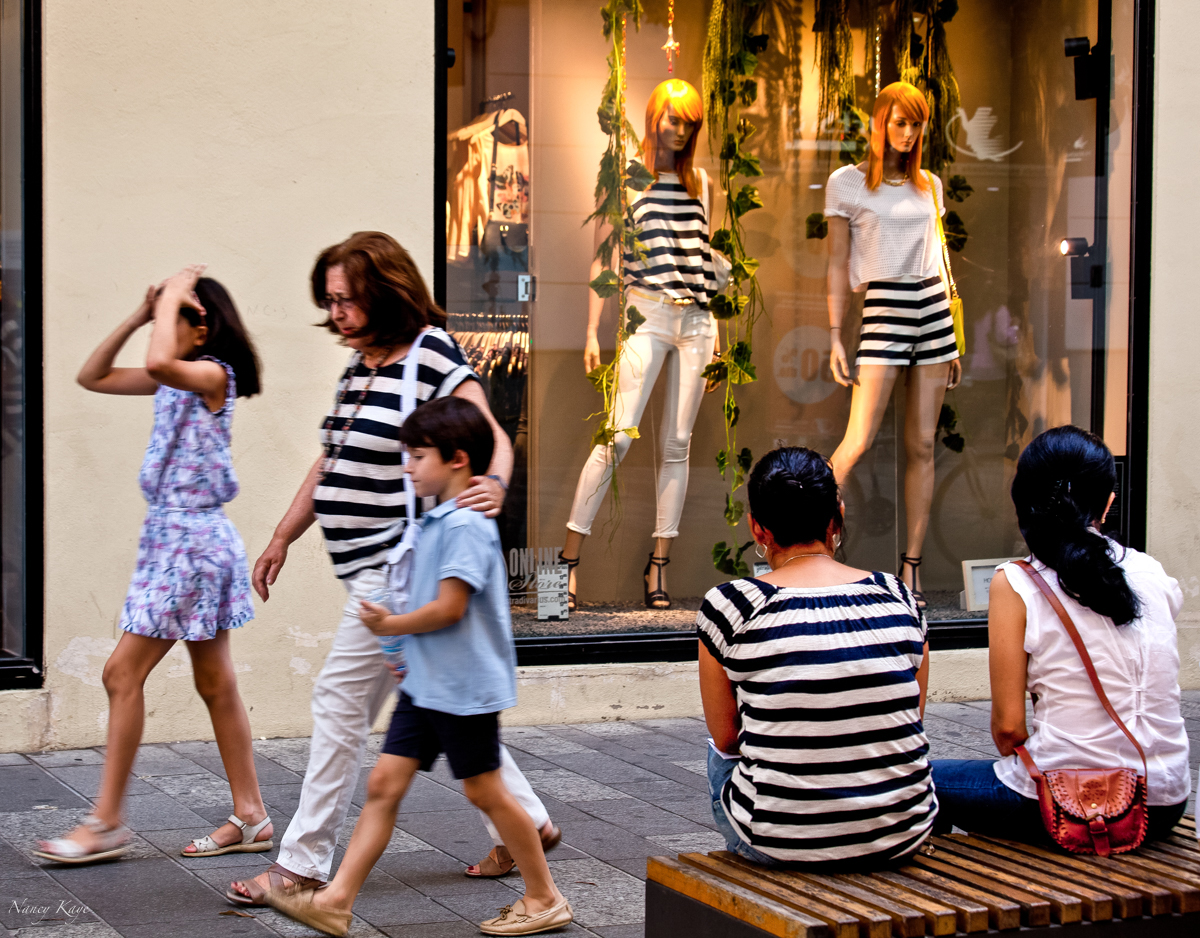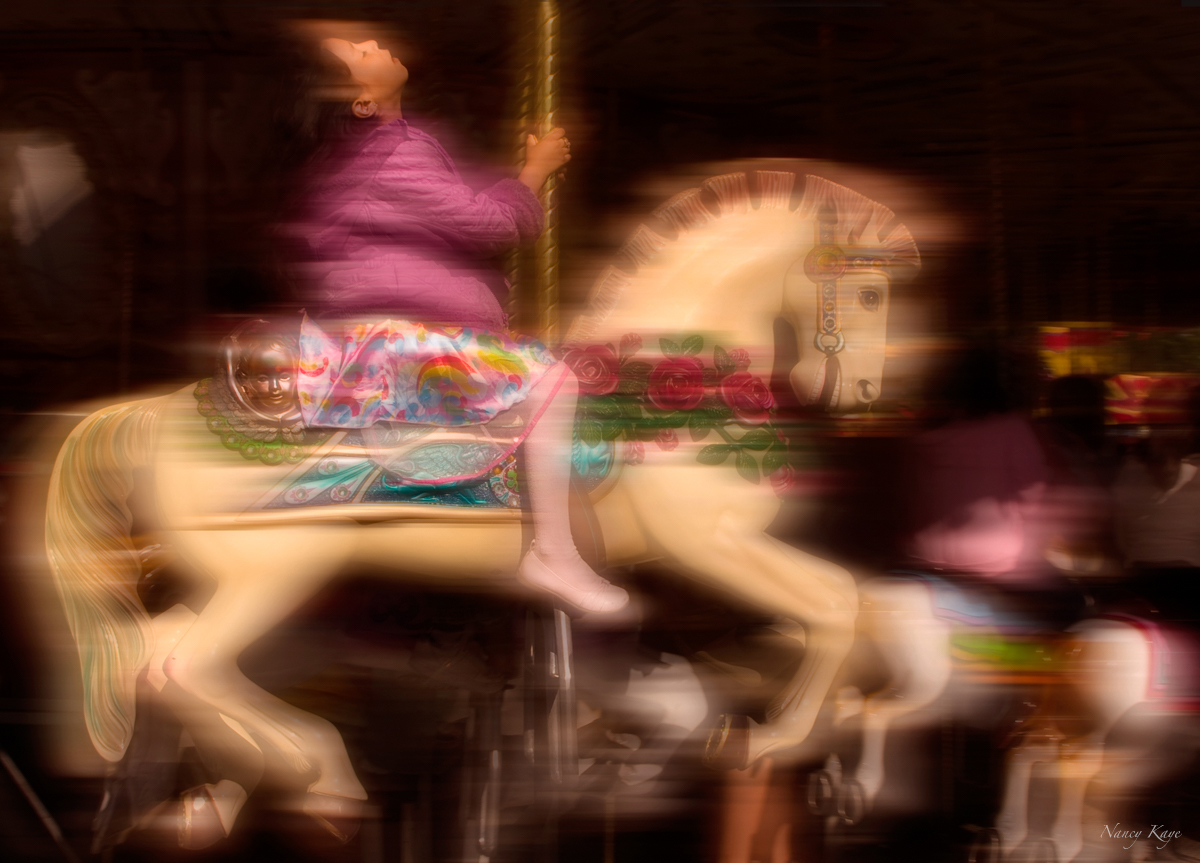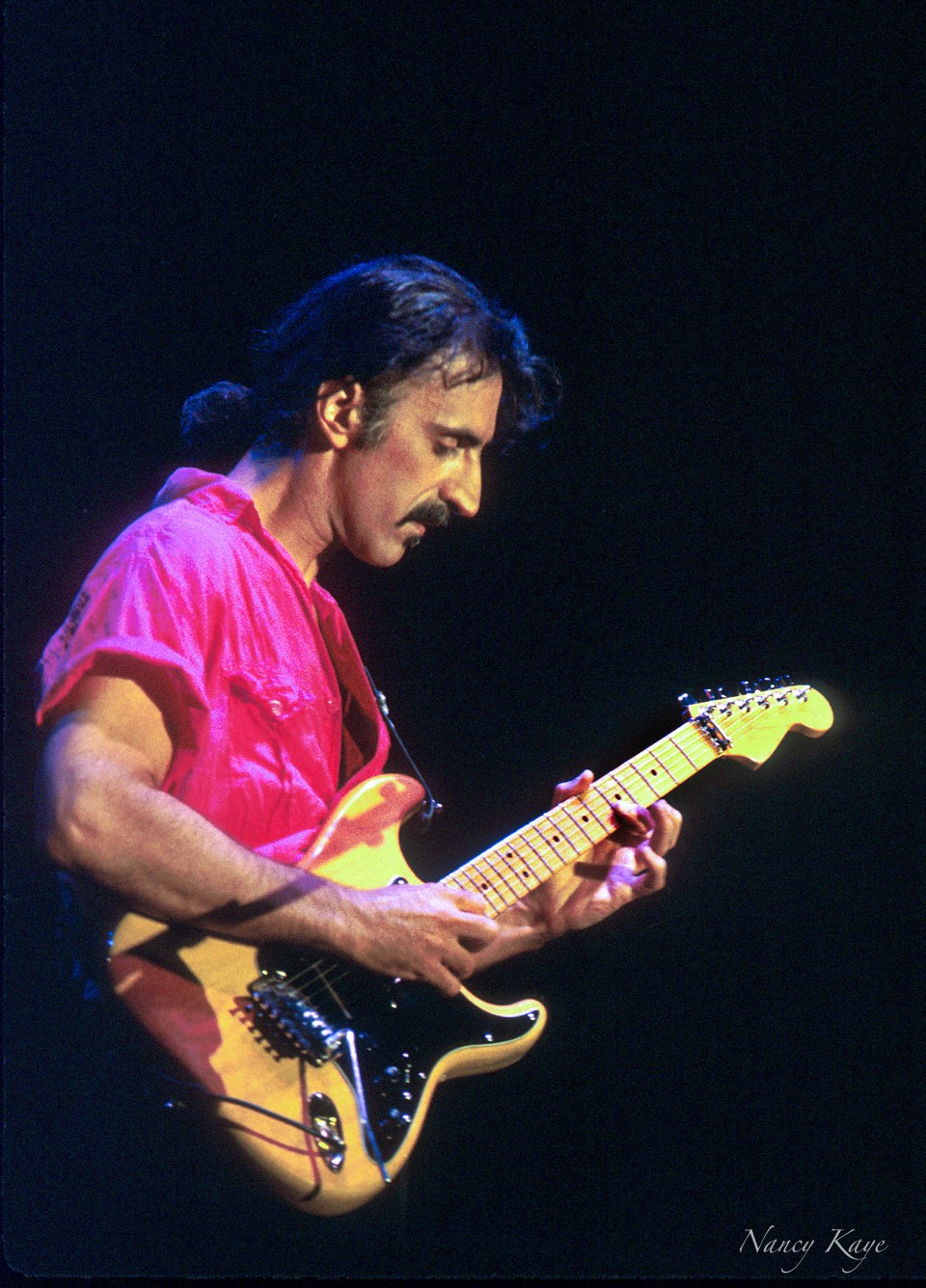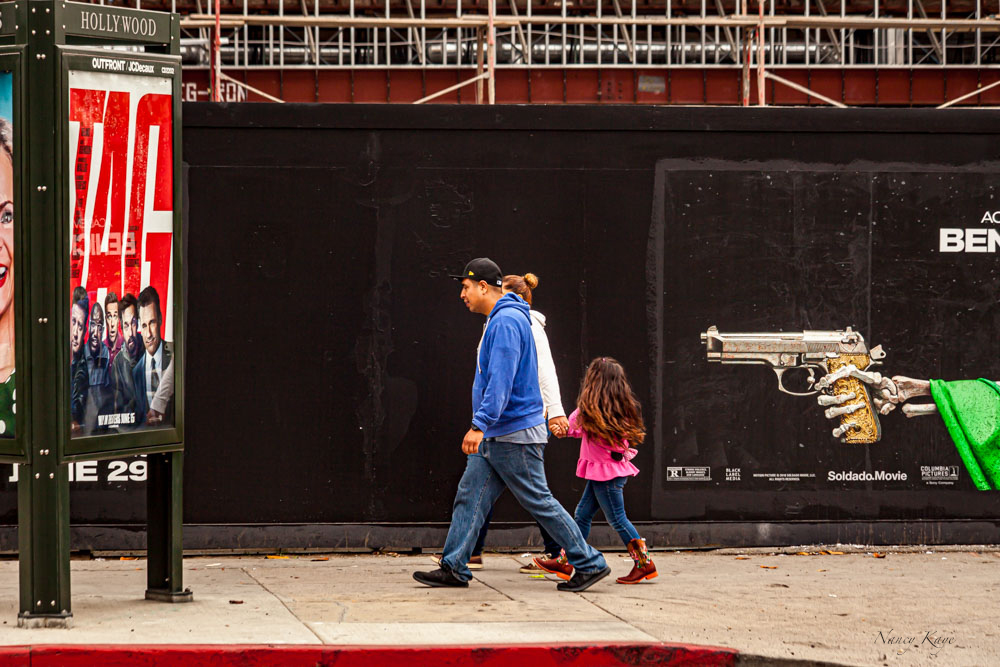Alright – so today we’ve got the honor of introducing you to Nancy Kaye. We think you’ll enjoy our conversation, we’ve shared it below.
Nancy, looking forward to hearing all of your stories today. Before we get into specifics, let’s talk about success more generally. What do you think it takes to be successful?
Being successful and staying true to your interests takes vision, leadership, and being open-minded.
Since my early years in photojournalism, my photography has evolved and grown to include personal photo projects and fine art photography.
I started out shooting photojournalism assignments for The New York Times, The Washington Post and Associated Press in NYC, London, and later in LA. This experience honed my communication skills and strengthened my abilities as a visual storyteller.
Concurrently, I was drawn to shooting street photography—capturing candid, unposed moments of everyday life in public places. This reality-based photo genre combines my interests in art and sociology, which in addition to photojournalism, I studied in college. I look to capture life’s small moments—whether fleeting expressions, interactions of people in public spaces, or transient juxtapositions. In the short term, these images offer a glimpse of current society. Over time, they can provide a perspective on the past.
I soon recognized recurring themes in my street photography, and noticed how the meaning and emotion evoked from a single image is amplified by thoughtful grouping of photos with similar messages. This synergy helps to tell a fuller story, and is at the heart of my interest in photo curating and group projects, and in my personal photo projects.
One such project began several years ago when I noticed guns pervasively and menacingly depicted in public spaces advertising film, television, and electronic games. It seemed to me that these oversized, slick images disturbingly contributed to a normalization and glorification of guns. This ongoing project, Too Many Gunshots, is featured on Lenscratch, an online photo magazine, and as this body of work grows, I hope the images bring awareness of the issue to a larger audience. The subjects of other photo essays I’ve done include manufacturing in Los Angeles, the building of LA’s Expo metro line, quirky hats, and Female Image—women’s focus on their physical image and the notions of beauty imposed by society.
Over the years, my appreciation of various photo styles has expanded through teaching, being a photo juror, critiquing work for photographers, and organizing group photo exhibitions. Wanting to contribute to the LA photo community, I took on a leadership position with ASMP (The American Society of Media Photographers), and currently serve as the LA chapter president. This has given me an opportunity to organize events that offer photographers a chance to share their work. Such photo presentations have included Connecting With Personal Photo Projects at the Leica Gallery; With Water / Without Water, a group exhibition at Photoville LA, presented by the Annenberg Space for Photography; and Duality, a print exhibition reflecting on post pandemic issues


Awesome – so before we get into the rest of our questions, can you briefly introduce yourself to our readers.
So much in my career progression has been due to serendipity. I came to photography half way through college by chance when I questioned a guy trying to break into another student’s rented room. He explained that he needed to get back a camera he’d lent to his girlfriend. I struck up a conversation and told him I’d be taking a photography class required for my major in advertising. He encouraged me to stop by the yearbook office. Kent University’s yearbook was no ordinary yearbook. There I met a group of students majoring in photography and creating a yearbook modeled after Life magazine—full of photo stories instead of silly group pictures. I eagerly learned to use a camera, discovered the magic of darkroom printing, and without hesitation changed my major to photojournalism. I had finally found my passion. The yearbook office quickly became a second home, and a couple of my talented colleagues there went on to be Pulitzer Prize nominees.
Back in New York after college, a hurricane hit Long Island and curiosity drove me to photograph the aftermath. As luck would have it, Newsday, the local newspaper, ran one of my pictures across a page and a half on the very day I showed my portfolio to the editor at Associated Press. This led to assignment work for AP in New York, with a two-year stint in London. Later, a chance encounter at NY’s Madison Square Garden while dropping off film shot at the Democratic convention led to meeting the photo editor of The Washington Post—and so began over a decade of assignments, giving me an opportunity to build an archive from portrait sessions with authors, actors, filmmakers, musicians, artists, and political figures.
Work carried over when I moved from New York to Los Angeles in the late 80s, and new photo opportunities arose. This led to growth in my personal photography, branching out to exhibiting my photographs, teaching photo workshops, and serving as a juror and curator for photography events.


Have you ever had to pivot?
Although I loved my work in photojournalism, the unpredictability of assignments became challenging when I had children. I began teaching photography at the continuing education level. As I discovered how rewarding it was to share my knowledge, I created a variety of courses that involved developing group photo essays. One class documented the entire length of Sunset Blvd., a stretch of over twenty-one miles from downtown LA all the way to the Pacific Ocean, and I organized a photo exhibition of the work.
Another notable pivotal experience occurred during the pandemic. Teaching for American Jewish University’s Whizin Center for Continuing Education at the time, overseen by Rotem Rozental (now LA Center of Photography executive director), I led Capture This Moment, ten photo workshops documenting life during the pandemic, and I curated the work into online group exhibitions. Using prompts to help students focus their cameras on their personal experiences, the collection of nearly 500 images created a visual timeline of the pandemic. Unfortunately, the photos are no longer online, but are certainly worthy of being collected in a book or an archive — if any of your readers see a way forward with that, I’d love to collaborate.
My own photography has also pivoted as I found an intersection between journalism, street photography, and fine art photography. While retaining my photo style of self-expression and message, I gave more attention to light and composition to infuse a stronger aesthetic quality into my images.
Staying open-minded and growing as an artist has paid off both in selling my fine art photographs and being recognized for the work, which is exhibited in juried shows and included in photo publications. I was honored with inclusion in Your Daily Photograph’s Hot 100 of 2021, 100 photographers selected out of 4,500 by collectors and curators, through LA’s Duncan Miller Gallery. And in 2023, I was interviewed for Street Photography Magazine’s February podcast and their July cover story.


What’s the most rewarding aspect of being a creative in your experience?
The most rewarding aspect of being an artist is the experience of turning inspiration into creative self-expression.
I get excited when I spot great photo opportunities, when I capture a decisive moment, or when I sequence images for a photo essay and “feel” the synergy. It’s also rewarding when my photographs resonate with the viewer. A favorite quote of mine is from the painter Degas: “Art is not what you see, but what you make others see.”
In addition, I find great satisfaction in inspiring other photographers and teaching them how to realize their creative vision. I’m fortunate to share my love of photography with students over many years through LA Valley College Community Ed, and recently teaching with the LA Center of Photography.
The experience of leading Capture This Moment, the photo workshops that documented personal stories of the pandemic, stands out as among the most rewarding. It not only created an important body of work of a unique and historic time, but for many participants it saved them from feeling isolated and gave them a creative outlet.
I’ve been fortunate that many opportunities have come my way, and therefore giving back through donating my photographs to auctions and non-profit groups is important.
For me, being part of a creative community, engaging with others, and sharing my vision of contemporary life are what drive me and make being an artist rewarding.
Contact Info:
- Website: https://www.nancykayephotography.com
- Instagram: nancykayephotography
- Facebook: Nancy Kaye Photography
- Linkedin: Nancy Kaye
- Other: Your Daily Photograph Collection https://shop.yourdailyphotograph.com/collections/kaye-nancy
With Water / Without Water at Photoville LA https://photoville.nyc/exhibition/with-water-without-water/
Street Photography Magazine February podcast https://streetphotographymagazine.com/nancy-kaye-its-about-the-story/?mc_cid=89668d624b&mc_eid=366ef4c284


Image Credits
All photos by Nancy Kaye
Photo of Nancy Kaye is by J.L. Levin


